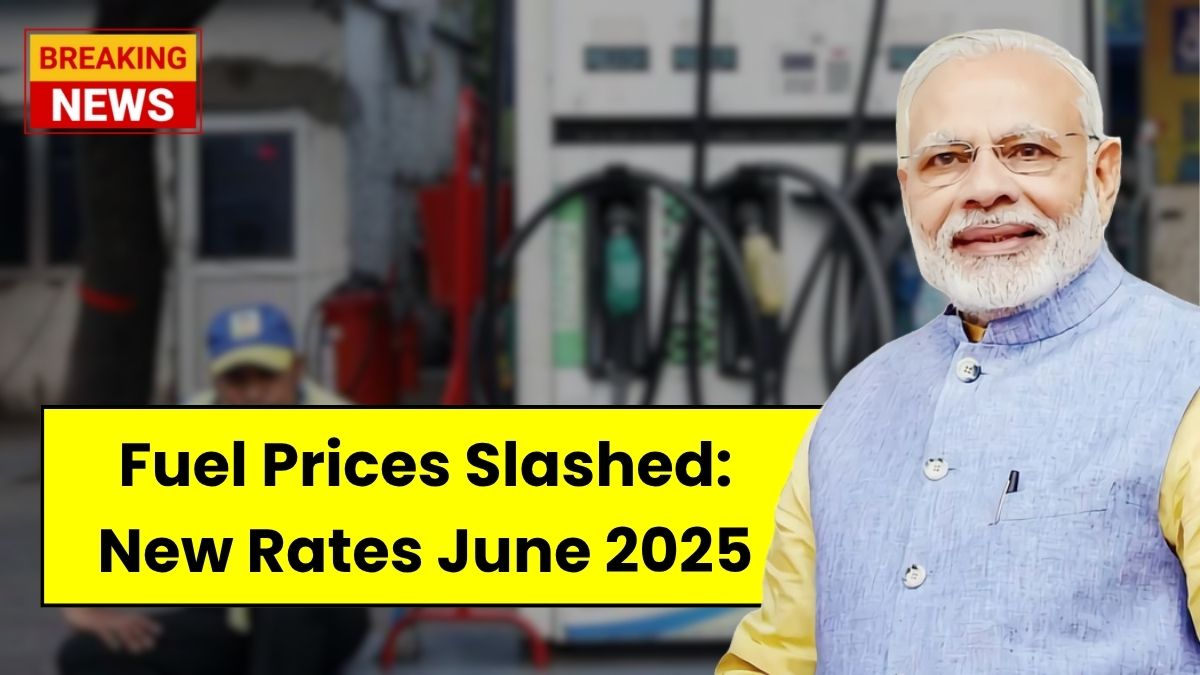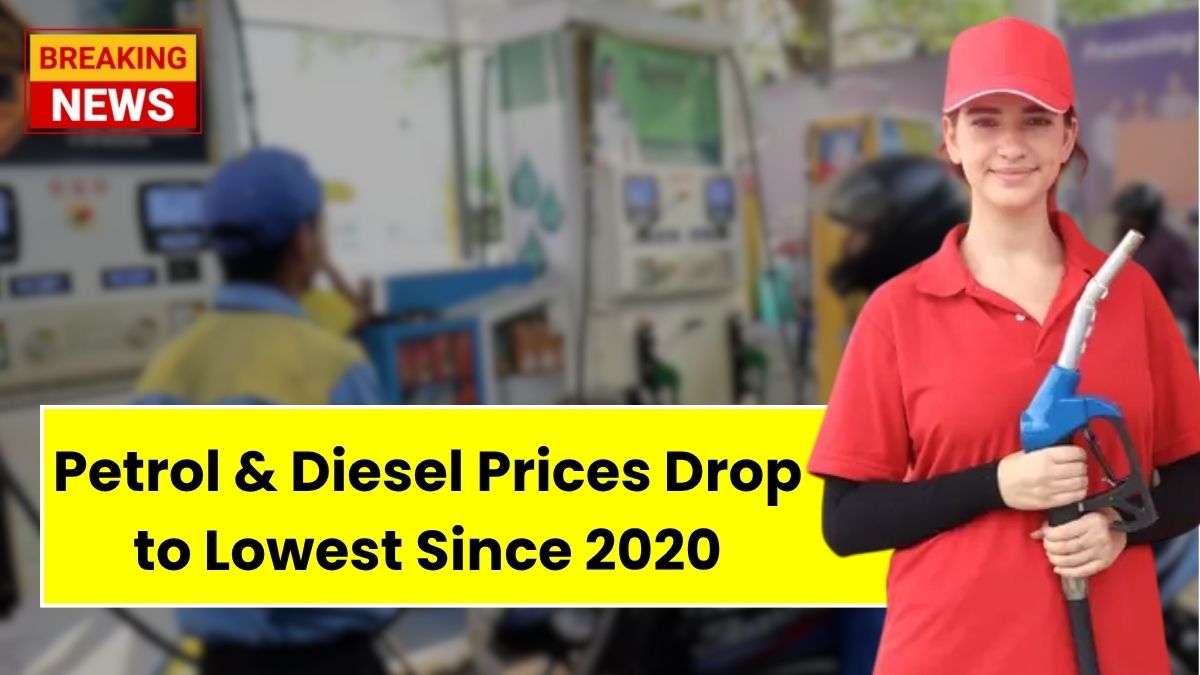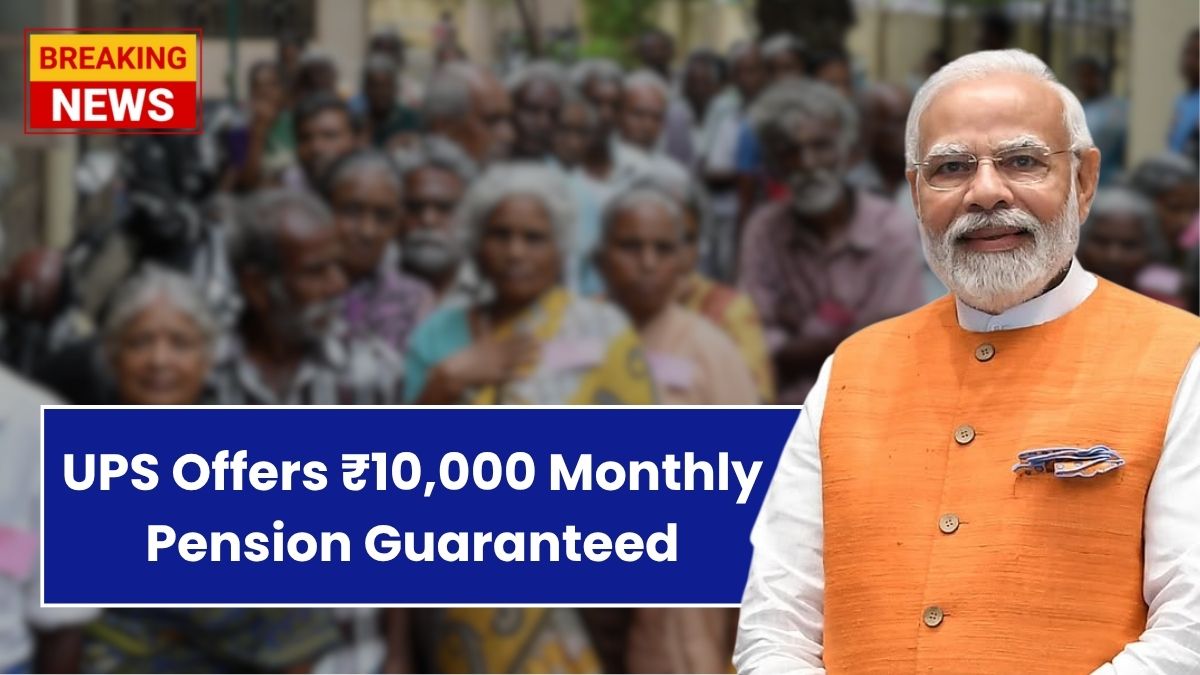Petrol Diesel Rate – In an exciting turn of events, June 2025 has brought a massive relief for consumers across India with a historic drop in fuel prices. For the first time in years, both petrol and diesel rates have taken a sharp dip, giving daily commuters and industries a big reason to smile. This move by the central government, in collaboration with state authorities, is not just about cheaper fuel—it’s a strategic step to stimulate the economy, cut down on transportation costs, and encourage more consumer spending across all sectors.
With petrol prices going down significantly, people who rely on their vehicles for daily commutes are finally catching a break. Meanwhile, diesel—the backbone of transport and agriculture—is now cheaper, which is great news for logistics, farmers, and even retail businesses. The government is clearly trying to ease the burden post-pandemic and fuel an economic comeback by making essentials like travel and goods transport more affordable.
City-Wise Price Cuts and Real-Time Impact
The new pricing is being applied city-wise, taking into account the unique economic conditions of each region. In cities like Mumbai and Delhi, where traffic and fuel demand are high, the price drops are particularly noticeable. Mumbai residents are seeing a 15% drop in petrol and 12% in diesel. Delhi isn’t far behind with a 14% cut in petrol and an 11% dip in diesel, meaning annual savings in the thousands for frequent drivers.
Down south, Chennai has recorded a 13% decrease in petrol prices and a 10% fall in diesel rates. Over in Bengaluru, petrol is cheaper by 12% and diesel by 9%, which is a welcome relief for the city’s tech workers returning to office life. Transport services, especially in Chennai and Hyderabad, have already started seeing increased bookings and activity due to lower operating costs. Businesses in tier-2 cities are recalculating their logistics costs and forecasting better profit margins for the coming months.
How Different Sectors Are Benefiting
This price drop isn’t just helping individuals—it’s rippling across various industries. The transportation sector is naturally the first to benefit, as operational costs for public and private transport go down. This could mean lower fares for passengers and more accessible travel for all. In agriculture, where diesel is vital for running machinery and irrigation systems, farmers are looking at lower expenses and higher productivity.
Manufacturers are adjusting their supply chain expenses, and with logistics becoming more affordable, retail prices for everyday goods could come down. Tourism is another sector that’s expected to bounce back, as lower fuel costs make travel more attractive and budget-friendly. Even public transport systems might start passing on the benefit to commuters, making buses and trains cheaper for daily use. Construction companies and infrastructure projects, which depend heavily on fuel, will also see savings that could lead to faster and more cost-effective project completion.
यह भी पढ़े:
 7th Pay Commission Update: Bigger DA, Better Days for Central Workers – Here’s What to Expect
7th Pay Commission Update: Bigger DA, Better Days for Central Workers – Here’s What to Expect
Government Policies Behind the Fuel Price Cut
The price drop is very much in line with ongoing government initiatives. It aligns with the ‘Make in India’ program by reducing production and transportation costs for manufacturers. Similarly, ‘Digital India’ and ‘Smart Cities’ initiatives benefit from cheaper logistics, making technology and infrastructure rollouts more efficient and widespread. Farmers, under the government’s agricultural reform efforts, stand to gain from reduced diesel use, increasing their margins and yields.
Environmental initiatives are also getting a subtle boost. With fuel prices down, the government is expected to simultaneously push for cleaner energy alternatives like electric vehicles, tying into its ‘Clean Energy’ goals. Lower commuting costs under the ‘Skill India’ and ‘Startup India’ programs also mean more mobility and flexibility for workers and entrepreneurs.
What People Are Saying About the Fuel Price Drop
Social media has been buzzing with reactions to the price cut. Commuters are thrilled about saving money on daily travel. Small and medium businesses are talking about improved profit margins thanks to lowered transportation expenses. Farmers are feeling hopeful about a season with less financial strain. Many travel enthusiasts are already planning road trips, excited about affordable fuel. Even environmental advocates are optimistic, as the reduced prices might act as a gateway to more awareness and acceptance of sustainable energy options.
Economic Outlook After the Price Adjustment
Economists believe that this move could give a much-needed push to the country’s GDP. With businesses spending less on logistics and transportation, savings may be passed on to customers through price cuts. This could increase spending and demand, giving the economy a solid boost. Reduced fuel prices also mean lower inflation, better job creation, and perhaps even a more attractive investment environment for foreign companies looking at India as a growth hub.
What’s Next for Fuel Pricing in India?
Looking ahead, the government seems to be planning a balanced approach. For now, the prices are down, but over the next few years, they may stabilize before gradually rising again. However, this gives the country time to invest in renewable energy, expand EV infrastructure, and move toward long-term sustainability. By 2030, petrol and diesel may still be relevant, but electric and alternative energy sources are expected to dominate the market.
Disclaimer
The information provided in this article is based on publicly available reports and government announcements as of June 2025. Fuel prices are subject to change based on global crude oil trends, currency fluctuations, and policy decisions. Readers are advised to verify current fuel rates from official sources before making financial decisions.












